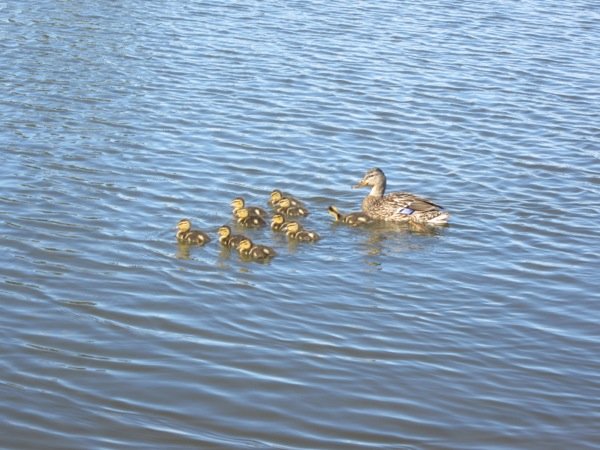
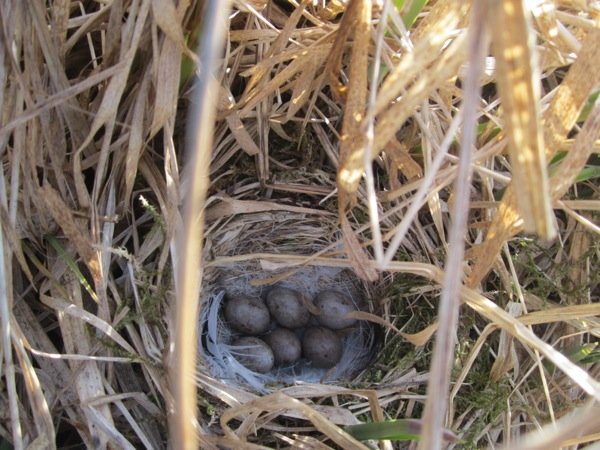
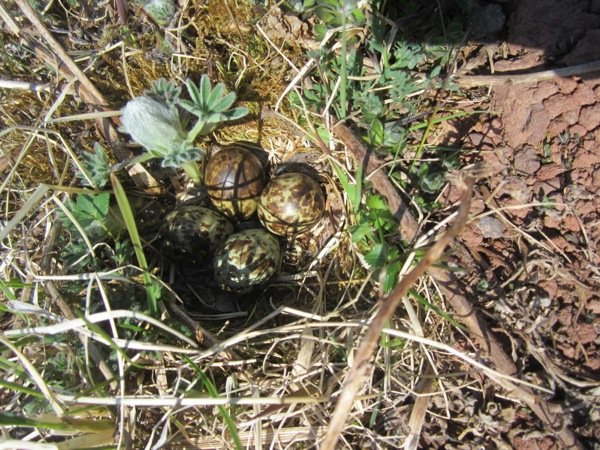
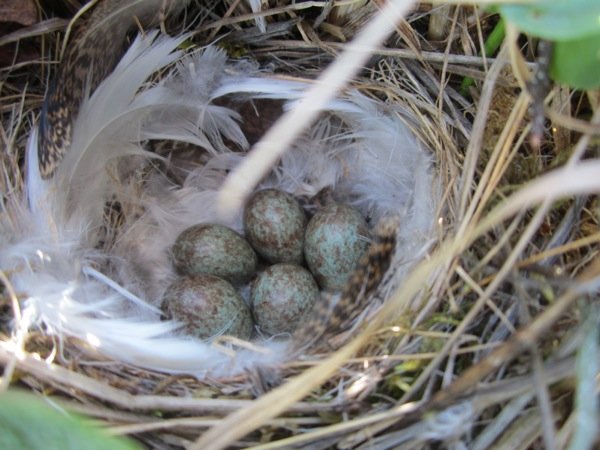
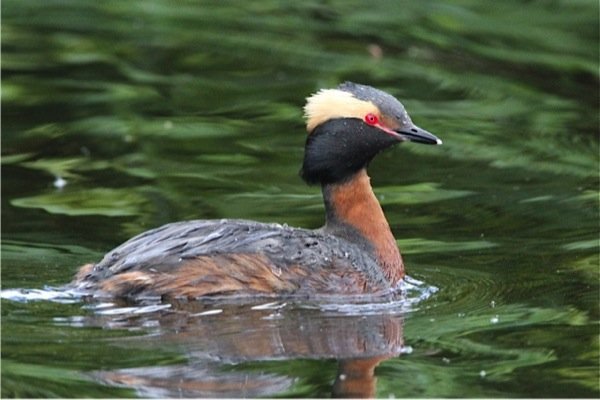
If I hear the words "breeding plumage" one more time I'll scream. When you travel for 18 days with focused birders, in June, in Alaska, a lot of what they are excited about (ok, what we are excited about) is seeing birds we are familiar with, but not in their breeding plumage. With some birds the transformation is extraordinary--they become different birds--and with others the change is minimal. One of my favorite birds, the Rusty Blackbird, has little variation between breeding and not. But the subtle shift from brownish bird to one that glows a range of blues and purple blacks is marvelous. And the Rusty Blackbird has a wonderful whitish iris, and makes a sound like a squeaky door. That this is one of my favorite birds is odd but my fondness for the bird is perhaps because it is overlooked in favor of those birds who do have showy breeding plumage. But also, it is a species in decline and I feel protective of animals that are not as colorful or charismatic that are threatened.The first time I saw a Rusty Blackbird Peter said to me, "This is a bird that might be extinct in our lifetime." That's a sobering thought. When our guide here in Alaska pulled a Rusty Blackbird out of the tundra near Nome, I was thrilled, while some participants sat in the van and waited for the next more exciting find.
All of the birds are here in Alaska to breed. In Nome, Anchorage, and on St. Paul Island, we have seen courtship displays, mating, nest building activity--lots of birds carrying tundra grasses to make nests--nests themselves, and some nests with eggs. It's a special thing to see these nests, built on the ground or in willow bushes as there are no trees in Nome or in the Pribilofs. There have been Hoary Redpoll nests, Red-Necked Grebe nests that appeared to be floating on the water, American Golden Plover nests on the hard Tundra at Wooley Lagoon. At a pull out near Potter Marsh outside of Anchorage an Arctic Tern had settled in right by the road--a serious bad choice for nest location--and dive bombed us when we got out of the van. On St. Paul in the Pribiloffs, a Lapland Longspur bolted from its nest as we walked out toward a marsh, and a Rock Sandpiper left its nest as we drove by. In each case, we looked quickly, not wanting the mother to leave her eggs uncovered for long in the cold northern air.
And some birds have already hatched. Cackling Geese and Mallards lead the pack. But at Westchester Marsh in downtown Anchorage we saw baby Mew Gulls--little gray spotted puff balls--and at Potter Marsh baby Sandhill Cranes, rusty puff balls.
Across from Potter Marsh is a strip of water, before the train tracks that line Cook Inlet. Our guide led us across the busy Seward Highway to peer into this strip of water. Karen, who has been a great spotter for all of this trip called out, "Grebe," with her Texas accent. And there, sure enough, was a Horned Grebe paddling in the water. It had wheat-yellow tufts that framed black cheeks and deep red eyes. It looked like it was wearing a beautiful, slicked back helmet. Its rusty chest gave way to a grayish patterned back. This was nothing like the black and white bird I had seen in New York State. This was the Horned Grebe in full breeding plumage. For once, those two words did not make me want to scream.
photos above: Mallard and babies; Lapland Longspur eggs; Rock Sandpiper eggs; American Tree Sparrow Eggs; Horned Grebe in breeding plumage! photo by Peter Schoenberger